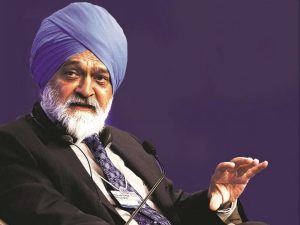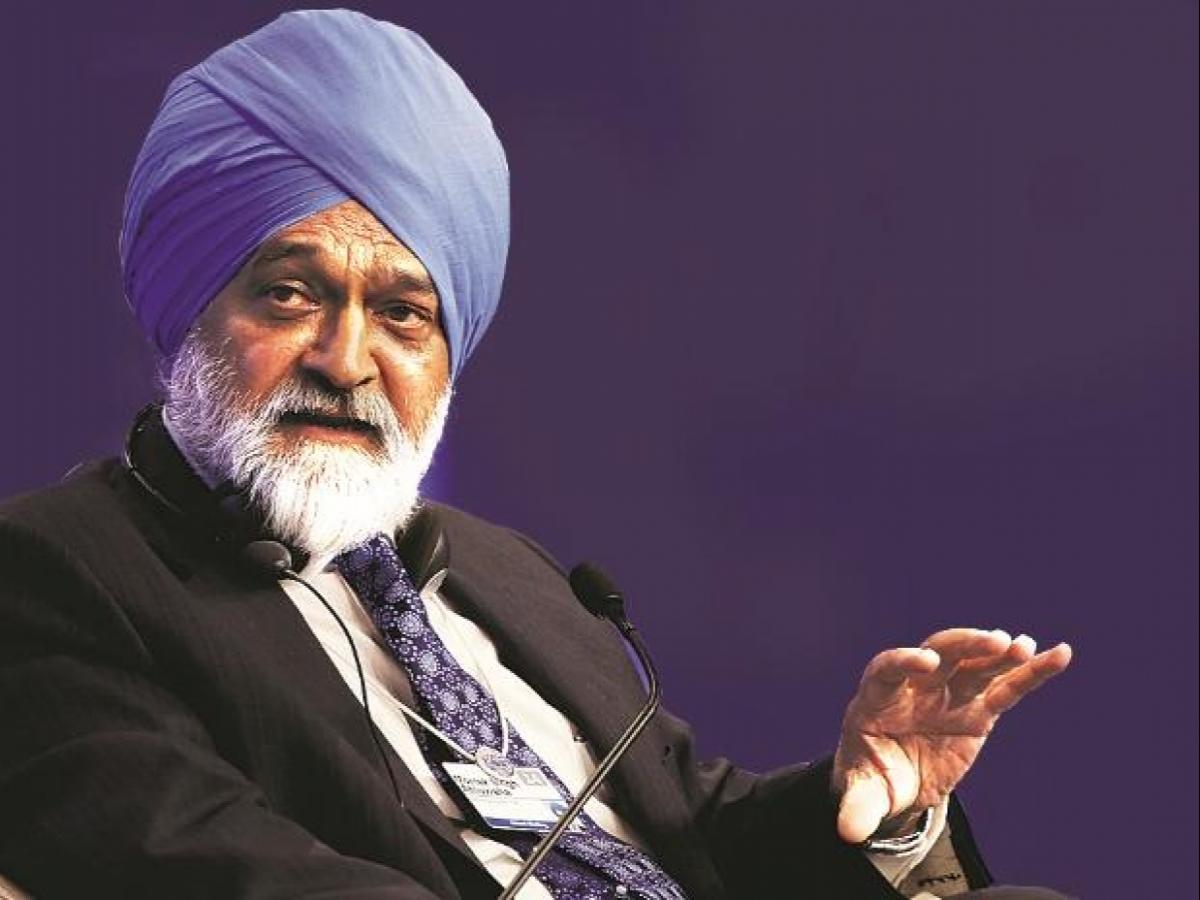
Former Deputy Chairman of the Planning Commission, Montek Singh Ahluwalia was named a member of a high-level Advisory Group formed by the World Bank and IMF. The group will be jointly led by Mari Pangestu, Ceyla Pazarbasioglu and Lord Nicholas Stern. The group was formed by the World Bank and IMF in the face of the dual crisis posed by the Covid-19 pandemic and climate change.
Buy Prime Test Series for all Banking, SSC, Insurance & other exams
Mari Pangestu is Managing Director for Development Policy and Partnerships, World Bank. Ceyla Pazarbasioglu is Director, Strategy, Policy and Review Department, International Monetary Fund. The group will also include Gita Gopinath. Gita Gopinath as an Economic Counsellor and Director of the Research Department at the IMF.




 Which Indian City is Known as the Footwe...
Which Indian City is Known as the Footwe...
 Which Desert is known as the Cold Desert...
Which Desert is known as the Cold Desert...
 Top-10 News Media Companies in the World...
Top-10 News Media Companies in the World...







